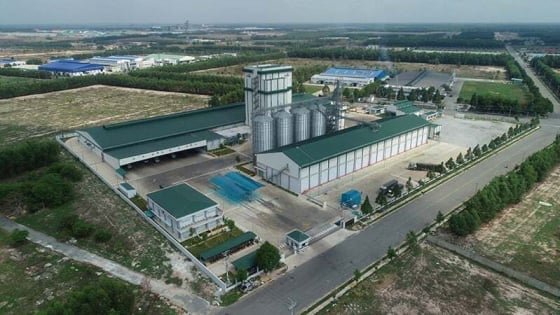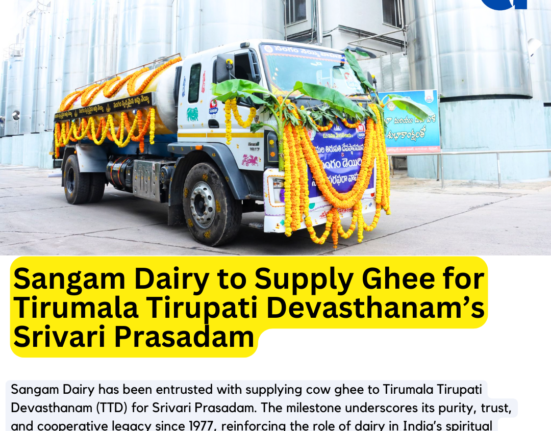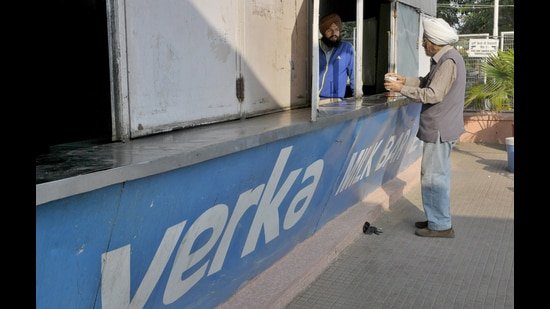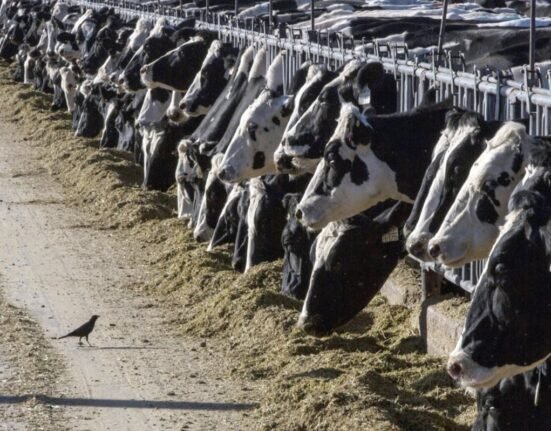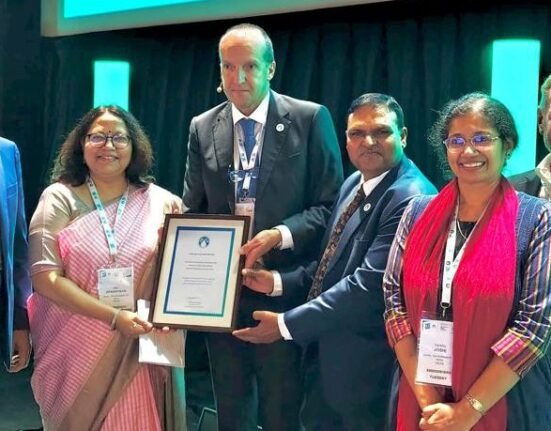HANOI, June 10, 2025 ‚ÄĒ Global agribusiness leader Cargill has announced its withdrawal from the aquafeed business in Vietnam, marking a significant strategic shift aimed at consolidating operations around markets and species with more substantial long-term potential. The move includes shutting down two aquafeed plants in Dong Thap and Long An provinces, as well as an aqua technical application centre in Tien Giang.
According to Maxime Hilbert, Interim General Manager for Aqua Nutrition at Cargill Thailand & Vietnam, the decision aligns with the company’s global focus on optimising its portfolio and maximising returns in high-growth regions. He emphasised that while the aquafeed segment in Vietnam has struggled with intense market competition, Cargill’s broader animal nutrition and health operations in the country remain unaffected.
‚ÄúVietnam continues to be a vital market for us,‚ÄĚ Hilbert stated. ‚ÄúThis step allows us to channel our efforts into core operations and emerging opportunities.‚ÄĚ
Over the last decade, Cargill invested approximately $160 million into Vietnam’s feed and livestock sectors, operating 12 facilities with a combined annual production capacity of 1.6 million metric tons. The company employs over 1,500 staff across various verticals, including animal nutrition, food and beverage ingredients, and commodity trading.
Industry analysts at S&P Global noted the underperformance of Cargill’s aquafeed business in Vietnam in recent years, mainly driven by mounting competition and fluctuating demand.
This exit follows Cargill’s December 2024 announcement of a 5% global workforce reduction as part of its long-term corporate strategy to streamline operations.
Expert Insight
‚ÄúAs global animal nutrition dynamics shift, players like Cargill are recalibrating based on performance and regional growth trends. This decision underscores the need for agility in feed and dairy supply chains,‚ÄĚ said a senior analyst at the Indian Council for Dairy and Livestock Economics.

